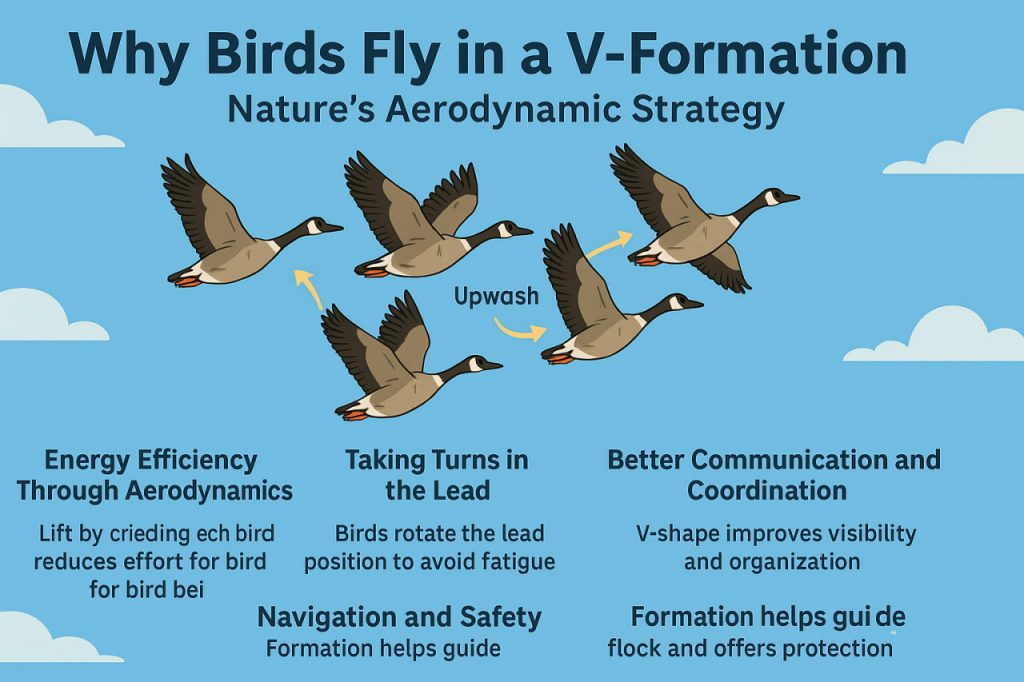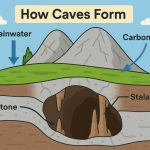When you look up and see a flock of birds flying in a V-formation, it’s more than just a beautiful sight—it’s a smart survival strategy. Migrating birds like geese, pelicans, and cranes use this flying pattern to conserve energy, stay organized, and support one another on long journeys. But how exactly does this shape help them?
Energy Efficiency Through Aerodynamics
The primary reason birds fly in a V-shape is to save energy. As a bird flaps its wings, it creates a small upward air current behind and slightly to the side of it—this is called upwash. The bird behind can position itself to take advantage of this upward lift, which reduces the amount of effort it needs to stay in the air.
This aerodynamic benefit can lower the heart rate and fatigue of following birds. Some studies show that birds flying in formation can fly up to 70% farther than if they were flying alone.
Taking Turns in the Lead
Flying at the front of the V is the hardest job. The lead bird faces the most air resistance and uses the most energy. To avoid exhaustion, birds rotate leadership during long flights. This teamwork allows the flock to travel farther without stopping and ensures no one bird burns out too soon.
This rotation is similar to how cyclists in a race take turns leading a pack to share the wind resistance.
Better Communication and Coordination
The V-formation helps birds stay visually connected with one another. From this angle, each bird can clearly see the birds ahead and match their speed and direction. This improves coordination and reduces the chance of collisions or getting lost.
Birds also use calls and sounds to stay in sync, which is easier in an organized pattern.
Navigation and Safety
Flying in a formation improves the flock’s ability to navigate. The lead bird often knows the route, and others follow its cues. In some species, younger birds learn migration paths by following experienced adults.
The V-shape also helps birds keep a tight, safe group. It reduces the chance of predators singling out a straggler and provides a united front for defense.
Who Uses the V-Formation?
Not all birds fly in a V-formation—it’s mostly used by large, strong fliers that travel long distances. These include:
- Geese
- Swans
- Pelicans
- Cranes
- Ibis
Smaller birds or those that flutter quickly often migrate alone or in looser groups.
Glossary
- V-formation – A flight pattern where birds arrange themselves in a V-shape.
- Upwash – The upward-moving air created by a bird’s wing flapping.
- Aerodynamic – Related to the movement of air and how it affects flight.
- Air resistance – The force that slows down a moving object through air.
- Navigation – The process of finding a path or direction, especially over long distances.


